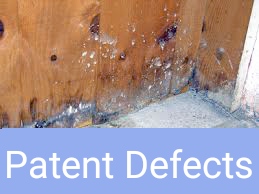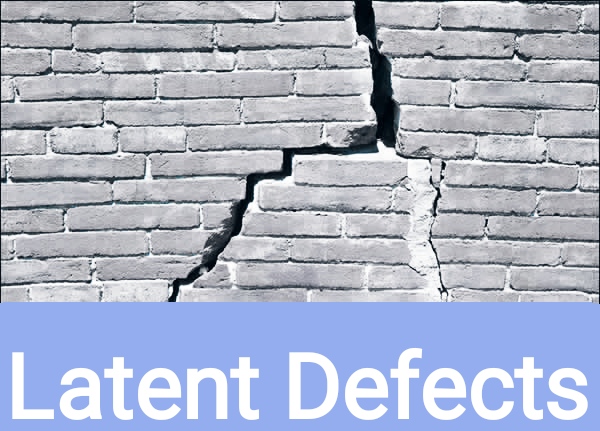Table of Contents
Patent Defects in Construction
Patent defects in a construction projects are visible to our naked eyes. Cracks in pipeline, broken equipment, stains and cracks in wall are some good example of patent defects.

A practical certificate of completion is a contractual document authorizing the developer to own and use the building. All deficiencies identified prior to the actual completion of the project must be corrected before the actual certificate of completion is issued.
The defect liability period begins after the issuance of the practical completion certificate. During the defect liability or remedy period, the client may report defects to the contractor. After remediation, the customer will be issued a Certificate of Remediation.
If defects still occur after acceptance by certificate of remediation, they must be completely eliminated before a final Certificate of Completion is issued to the Contractor. A certificate of completion is the contract manager’s certification that the construction contract has been fully completed.
The final report value depends on the final invoice. This means that all apparent defects have been corrected, order value adjustments have been agreed, and all claims have been resolved.
Latent Defects in Construction
Some defects in a construction project caused by defects in construction, workmanship or materials, if they do not become apparent many years after the project is completed or long after the defect liability period ends. These defects are called latent defects.

Broken basements, dislodged or damaged walls due to poor wall anchors, weak concrete problems, failure to reinforce structures, and cracks in buildings due to inadequate foundations are examples of potential defects.
Compared to obvious defects, hidden defects during construction or under warranty are more difficult to identify and fix. Therefore, there is no contractual right to oblige the contractor to correct the defect.
Difference Between Patent and Latent Construction Defects
Apparent defects are defects that are clearly recognizable during inspection or are already known. Latent defects, on the other hand, are hidden or concealed defects. This doesn’t have to be intentional, but simply means that the problem is unobservable.
For example, if a contractor forgets to install an air conditioner when someone builds a house, it’s a patent flaw. If the contractor installed the device but didn’t complete the wall ducting, the homeowner may never know about it. This is a potential flaw. Plumbing is hidden behind walls, vents, and grilles.
In both cases the air conditioner does not work. The nature of the error only determines how easy it is for someone outside to spot the problem and bring it to their attention. Many potential flaws go unnoticed for months or years.
